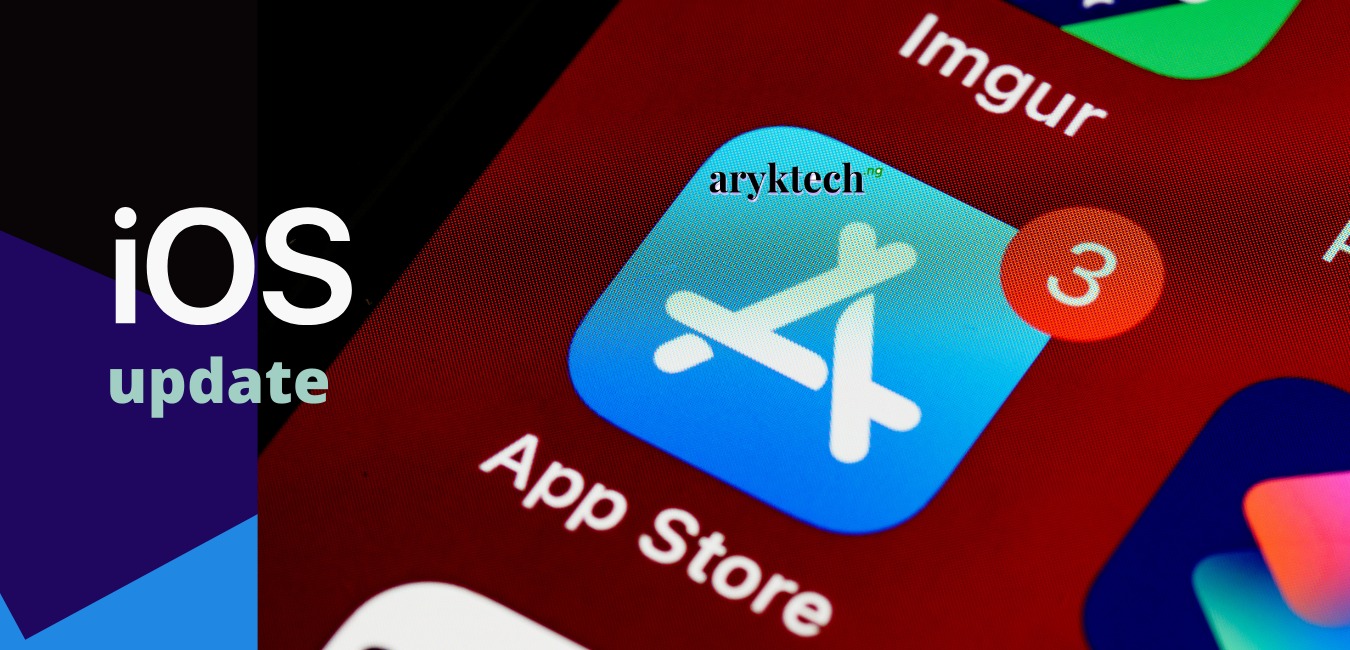
There are a number of reasons for which your iPhone may fail to download and or install the latest iOS update available for your iPhone model. In this tutorial, I reveal several of these reasons and the fix for each of them.
Regardless of whichever method for updating your iPhone to the latest iOS you have attempted, the fixes I am suggesting here should work for your iPhone anyways. Meanwhile, I would recommend that you attempt at the least, two of the options in our previous tutorials before you attempt any of the fixes suggested in this tutorial.
At the very least, we have discussed how to set your iPhone to download and install updates automatically on the page linked here and how to manually update your iPhone to the latest iOS using the iPhone itself on the page here. There is also another tutorial from where we discussed how to update your iPhone to the latest iOS using Mac.
Meanwhile, if you have attempted any two of the options linked from above and your iPhone is not updated still, below here I have recommended a few fixes you can attempt.
Why Won't My iPhone Update?
In summary, if your iPhone won’t update, make sure that your iPhone is connected to a strong, reliable WiFi connection, that there is enough free storage space on your iPhone, and that your iPhone battery is sufficient for the operation. Optionally, you may also consider to restore or reset your iPhone and reinstall the update.
Okay. Just above here, I have summarized a few of those things you can check to make sure your iPhone updates. However, if you care; you may proceed to the detailed explanation below here.
-
WiFi Connection May Not Be Strong Enough
One of the commonest reasons your iPhone may throw you this error message, "Unable to Check for Update" or "Unable to Verify Update", is when your WiFi connection is not strong enough or when your WiFi connection becomes unstable.
To resolve this issue, you can either try again when you have a better connection, or you can change the WiFi network your iPhone is connected to by going to Settings > Wi-Fi on your iPhone.
-
You May Be Having Limited Free Storage Space
In the past few years, no iOS update is less than a few gigabytes. Take the iOS 14 as an example, iOS 14 update when downloaded; consumes almost 3 GB, if not more and you might even need far more than that when you're updating from an older iOS.
Another thing that is to be considere here is; before an update is done, the downloaded iOS update
IPSWfile is first decompressed on your iPhone and that also consumes more space. Therefore, before you can consider initiating an update sequence, try to have at least; 10 GB of free space on your iPhone though, you could need far lesser free space depending on your iPhone model.
Note:
To free up space on your iPhone, go to Settings > General > iPhone Storage. Check out our step-by-step guide on how to free up space on your iPhone for more ways on how to free up space on your iPhone.
-
Your iPhone Battery May Be Too Low
Regardless of the method used or to be used, before an update sequence could be started on your iPhone, your iPhone battery level must be at the least; 50% otherwise you would be risking corrupting your phone which could cost you your entire iPhone data or your iPhone itself; in the worst case scenerio though.
To resolve or avoid this, be sure your iPhone battery is well charged. Or, you could also plug your iPhone in and charge while the update is ongoing.
-
Restore your iPhone then, Restart the Update
If all other options failed, you may consider restoring or resetting your iPhone and then, attempt the update again.
Note:
Restoring your iPhone will revert it back to a previous backup. That means you’ll have all the app data, settings, messages, photos, and purchased content, but it will take a while for your data to download.
Resetting your iPhone will erase everything on your iPhone and revert it to factory settings. You can still recover your contacts, calendar, notes, and more through iCloud though.



0 Comments